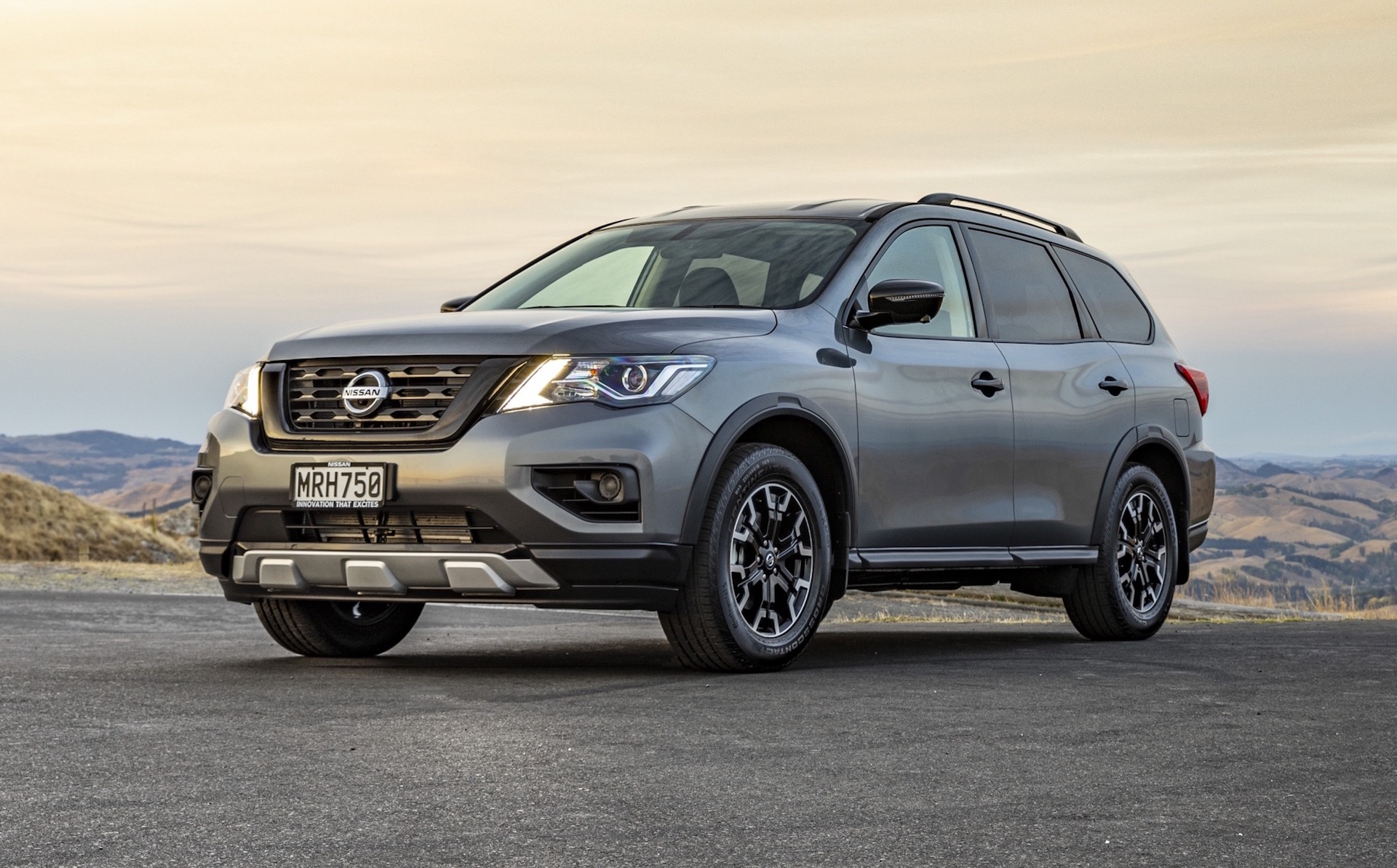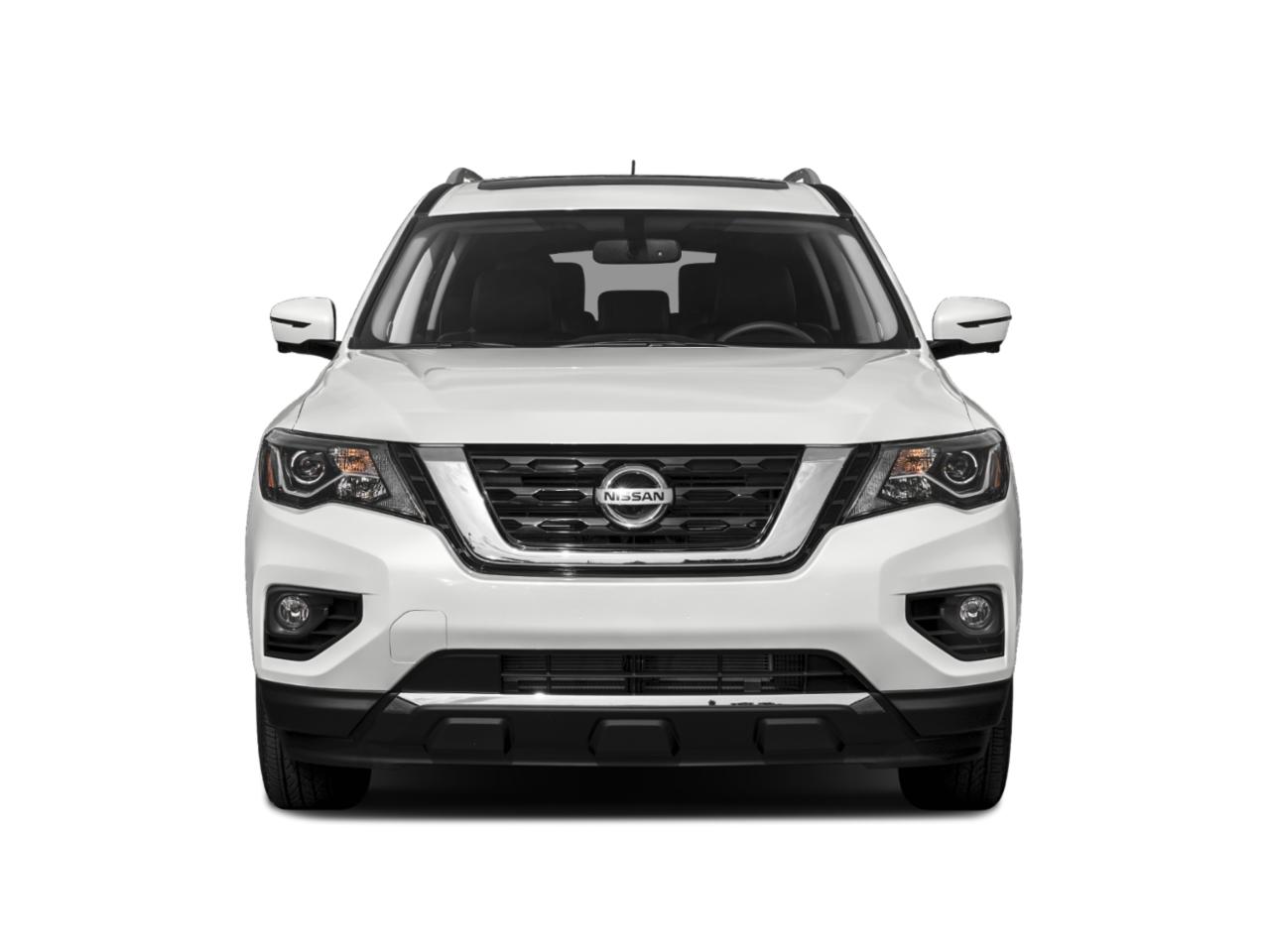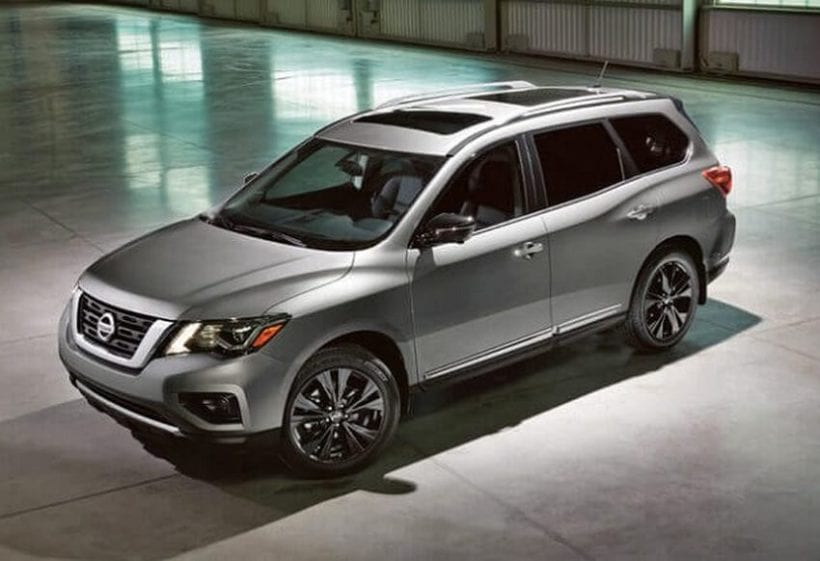
The Highlander is a comfortable thing to drive, well equipped and safe, but has a price tag that is $2,500 more than the cost of the Pathfinder in base trim.

Standard safety equipment includes features such as pedestrian detection, adaptive cruise control, lane departure assist, and automatic high beams. Trunk and cargo space is competitive, too. The interior of the Highlander feels more modern, material quality is excellent, and it offers more passenger room than the Pathfinder. The Highlander offers class-leading fuel consumption figures of 21/29/24 mpg city/highway/combined for FWD cars, dropping to 20/27/23 for AWD models.

Power gets directed to the front or all four wheels by an eight-speed auto transmission, which we prefer over the Pathfinder's CVT auto. Power comes from a naturally-aspirated 3.5-liter V6, which kicks out similar power outputs to the Pathfinder of 295 hp and 263 lb-ft of torque. Toyota's Highlander is another SUV in an ocean of practical family carriers and is a safer bet than buying stocks in Tesla, any day of the week. Nissan desperately needs to refresh the Pathfinder in order to have any chance of remaining highly competitive in this segment. It's just hard to recommend when the Pathfinder has an eight-year handicap against the competition. The Pathfinder then is a capable mid-size SUV which doesn't shine in any particular area, but does everything pretty well, and doesn't cost much. Standard safety equipment like emergency forward braking are appreciated, and safety levels are up there with the best of them. On the highway, it cruises well, but a fair bit of road noise intrudes into the cabin. On the road, the Pathfinder feels comfortable enough, but the heavy steering makes it feel cumbersome when you aren't at top speeds. Nissan has stuck to the basics when updating the Pathfinder the exterior is unassuming and completely inoffensive, the engine is as basic as they get, and the interior design, while simple, is functional and perfect for hauling around large families. Take the Kia Telluride and Hyundai Palisade for a test drive if you want a far more modern and refined driving experience.ĭespite not seeing any major changes for 2020, the Nissan Pathfinder SUV still manages to stick with competitors such as the Honda Pilot and Toyota Highlander in terms of performance, fuel economy, interior space, and overall practicality. The Pathfinder's ride comfort is acceptable in this class, though we noted there are many quieter options available in this segment. Cars such as the Honda Pilot offer more precise steering and more balanced suspension damping.
#2020 pathfinder drivers
In 4WD configuration, the Pathfinder claws to the road, which is a boon for drivers who live in snow areas, but if you're only going to be doing town driving in hotter regions, the FWD car is fine.

At low speeds, the steering is not any better, making it quite tiresome to move the Pathfinder around in a tight parking garage. The steering feels unnecessarily heavy and things get even worse as soon as you take on a tight corner with some extra speed: the Pathfinder rolls its body around like a fat kid at wrestling practice, and the overly heavy steering makes this SUV feel larger than it actually is. Get behind the wheel of the 2020 Pathfinder, and it becomes abundantly clear that this Japanese SUV was designed nearly a decade ago. A Rock Creek Edition package was made available to harken back to the Pathfinder's rugged roots and we were sent one to spend the week with. The Pathfinder is offered in two-wheel and four-wheel-drive configuration and sports a Top Safety Pick rating from the IIHS. Nissan has stuck to the proven recipe of a naturally-aspirated V6 engine, as have its competitors the Honda Pilot and Toyota Highlander, and the result is a predictable power band and reasonably good fuel economy.

This fourth-generation Pathfinder arrived back in 2012 and not much has changed in that time. The Nissan Pathfinder has always been a popular and affordable choice for large families looking for a car with equal parts practicality and comfort, and we're pleased to report that it still offers both. You can't blame car manufacturers for jumping on the crossover bandwagon - hell, even Lamborghini is doing it - but certain brands have been in the game longer than others in the US, and Nissan is one of them. Today, car-based crossovers rule the roost and the "path" found by today's Pathfinder is more likely to be a route from the PTA meeting to the grocery store than a trek up a mountain. The original Nissan Pathfinder arrived at a time when body-on-frame SUVs touted capable off-road ability for people who lived more rugged lifestyles.


 0 kommentar(er)
0 kommentar(er)
